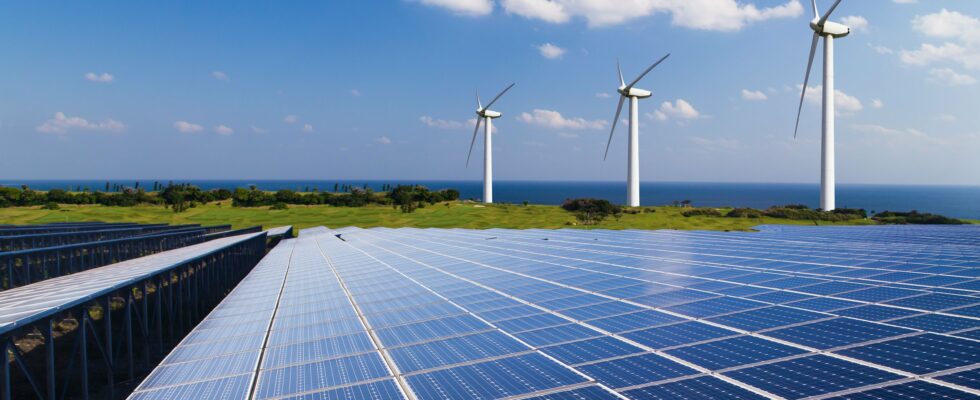The participatory loan (crowdlending, in English), which allows projects to be directly financed through bonds, marked time in 2023. It must be said that investors have suffered defaults and debt restructuring, particularly in real estate. This will cost them at least some return, or even part of their capital. However, one theme resists: that of renewable energies, which has a history with almost no payment delays.
Concretely, to green your savings, you can lend money to companies specializing in solar energy, wind power or methanization, and this for very concrete achievements. You thus participate in the production of low-carbon energy while receiving returns of between 5.5 and 8.5% per year. You can even obtain 1% bonus rates if you live near the site because those responsible are seeking to involve local residents. The promise of platforms like Lendosphere, Lendopolis, Lumo and Enerfip is tempting. And it is increasingly attractive, with 2023 collections up 11.5% year-on-year.
Lendopolis made no mistake. A general player in crowdfunding, he decided in 2019 to refocus on green. “We believed that these assets were becoming essential and offered an excellent risk-return ratio, which has been proven with zero repayment defaults to date,” notes Alexandre Bléry, its financing manager. The platforms are driven by the urgency of the subject. “We have two major assets. On the one hand, the energy transition is essential. On the other hand, electricity resale contracts provide certain income over at least ten years”, explains Laure Verhaeghe, co-founder and president of Lendosphere .
From biogas to soft mobility
The challenge is no longer so much to convince as to propose enough programs to finance. So the platforms are broadening their horizons. “We remain specialized in renewable energies, but we are diversifying across the entire ecological transition: biogas, methane, energy renovation of buildings and even soft mobility,” says Florence Schwob, spokesperson for Lumo. They are also offering more and more projects abroad. “We have opened offices in Madrid, Milan and Amsterdam,” explains Julien Hostache, founder of Enerfip. “This also allows savers to further diversify their investments.” Indeed, the key rule is not to bet everything on a single program, in order to limit the damage if one of the financed companies defaults.
It is therefore better to spread your stake as much as possible, which is possible with entry tickets between 50 and 100 euros. The other side of the coin is that the choice can be complex. You must in fact clearly understand what you are financing: a start-up of activity, a need for cash flow or equipment. The last option is obviously the most secure, because the company then has assets to resell in the event of problems.
You also need to know what guarantees you have. “We often offer collateral on the assets we finance and independent guarantees on the parent company,” assures Laure Verhaeghe. Last precaution: take a close look at who the issuer is and how their activity is structured. Investing directly requires a little time!
An article from the special report “Responsible Investments”, published in L’Express on May 30.
.
